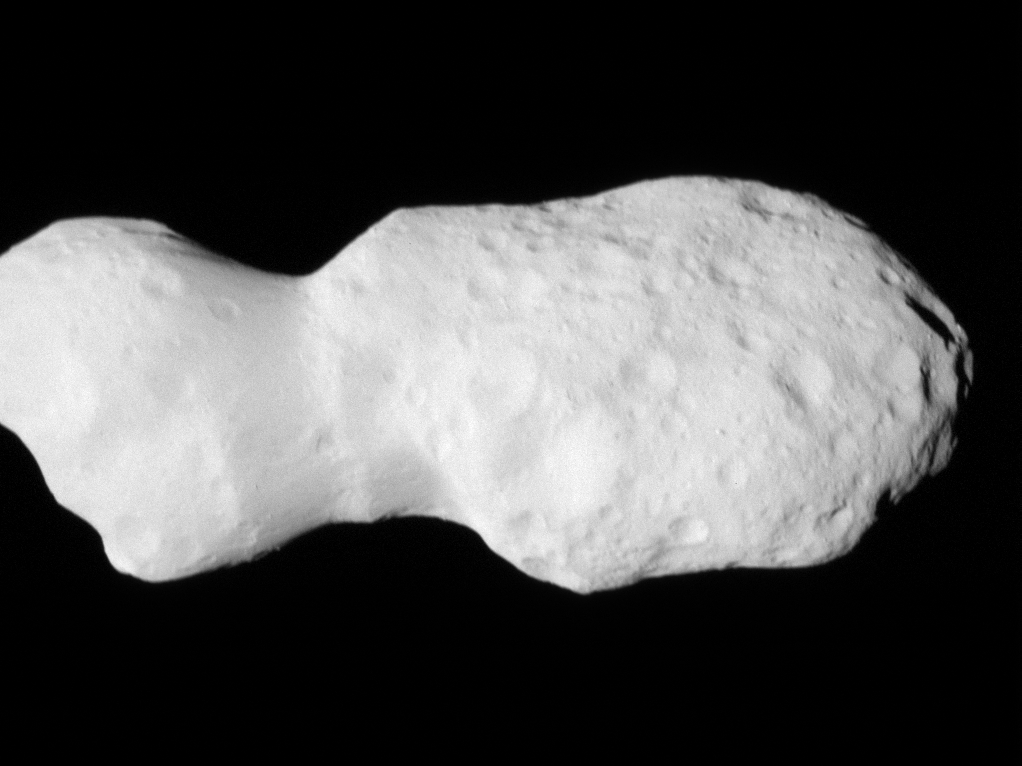Mea AI adiutor dicit:
The Mars Sample Return (MSR) campaign is one of the most ambitious robotic exploration efforts ever conceived: to retrieve a selection of scientifically curated Martian rocks, soils, and atmospheric samples—collected and cached by NASA’s Perseverance rover—and return them safely to Earth. This bold undertaking, executed in partnership with the European Space Agency (ESA), promises to revolutionize what we know about Mars’ geological history, its potential for past life, and even hazards and opportunities for future human missions.
On a scientific level, MSR seeks to preserve the integrity of these precious samples—protecting them from contamination, temperature extremes, and degradation—so that they arrive on Earth in a form as pristine as possible. Once returned, the specimens can be studied with sophisticated technologies unavailable to rovers, unlocking insights into Mars’ formation, its chemical and mineral makeup, and whether the Red Planet ever harbored life. The mission also holds strategic value for future human exploration: by characterizing martian dust, chemistry, and potential biohazards, MSR lays groundwork for crewed missions to Mars.
The MSR campaign is composed of several interlocking elements. First, the Perseverance rover (part of the earlier Mars 2020 mission) has been drilling and caching samples in sealed titanium tubes, left behind on the Martian surface. A future lander will touch down near Perseverance and deploy a robotic arm to recover those tubes, then transfer them into a container embedded in the nose of a Mars Ascent Vehicle (MAV).
Once sealed, the MAV will launch from Mars, sending the container into Martian orbit. There, an Earth Return Orbiter—provided by ESA—will rendezvous and capture it, transfer the canister into a highly reliable Earth-entry capsule, and fire toward home. Back on Earth, the sample capsule is designed for a high-integrity reentry and safe recovery, after which the Martian materials will be transported to a specialized Sample Receiving Facility for detailed study.
The technical challenges are immense. Launching a rocket (the MAV) from another planet, achieving orbital rendezvous with a sample container, and then returning that payload across deep space demands precision, reliability, and robust planetary protection protocols. The mission also carries significant cost risk: earlier architectures were projected to cost around $11 billion, but NASA is now exploring more streamlined and cost-effective designs that could reduce the price to between $6 billion and $7 billion.
As of early 2025, NASA has not finalized the mission’s design. A strategic review is underway, and by mid-2026 the agency expects to decide between alternative architectures: one using traditional NASA lander systems, the other leveraging commercial partners and lighter launch vehicles. The timeline for returning the samples to Earth could shift: earlier plans had targeted a return in the early 2030s, but realities of budget, risk, and design could push that into the mid- to late 2030s.
If successful, the Mars Sample Return mission would represent a quantum leap in our ability to study Mars. Analyses done on Earth can apply far more sophisticated techniques than what any rover can carry, from ultrasensitive microscopes to mass spectrometers optimized for detecting organic molecules. These studies could finally answer whether Mars harbored life, how its climate and geology evolved, and how its atmosphere interacted with solar wind and cosmic radiation over eons.
From an exploration standpoint, MSR also paves the way for human missions. Understanding the composition of martian dust, potential biohazard risks, and geologic diversity is vital to designing habitats, life support, and mission strategies. By returning real Martian matter to Earth, the mission also supports planetary protection protocols that future human explorers will need to navigate.
In sum, MSR is more than a campaign—it’s a bridge between robotic exploration and human return, a scientific leap, and a testament to international cooperation. If executed well, it could bring back Mars in a jar, unlocking secrets that only the Red Planet holds.
Video credit: Lockheed Martin










 Subscribe to blog posts using RSS
Subscribe to blog posts using RSS










